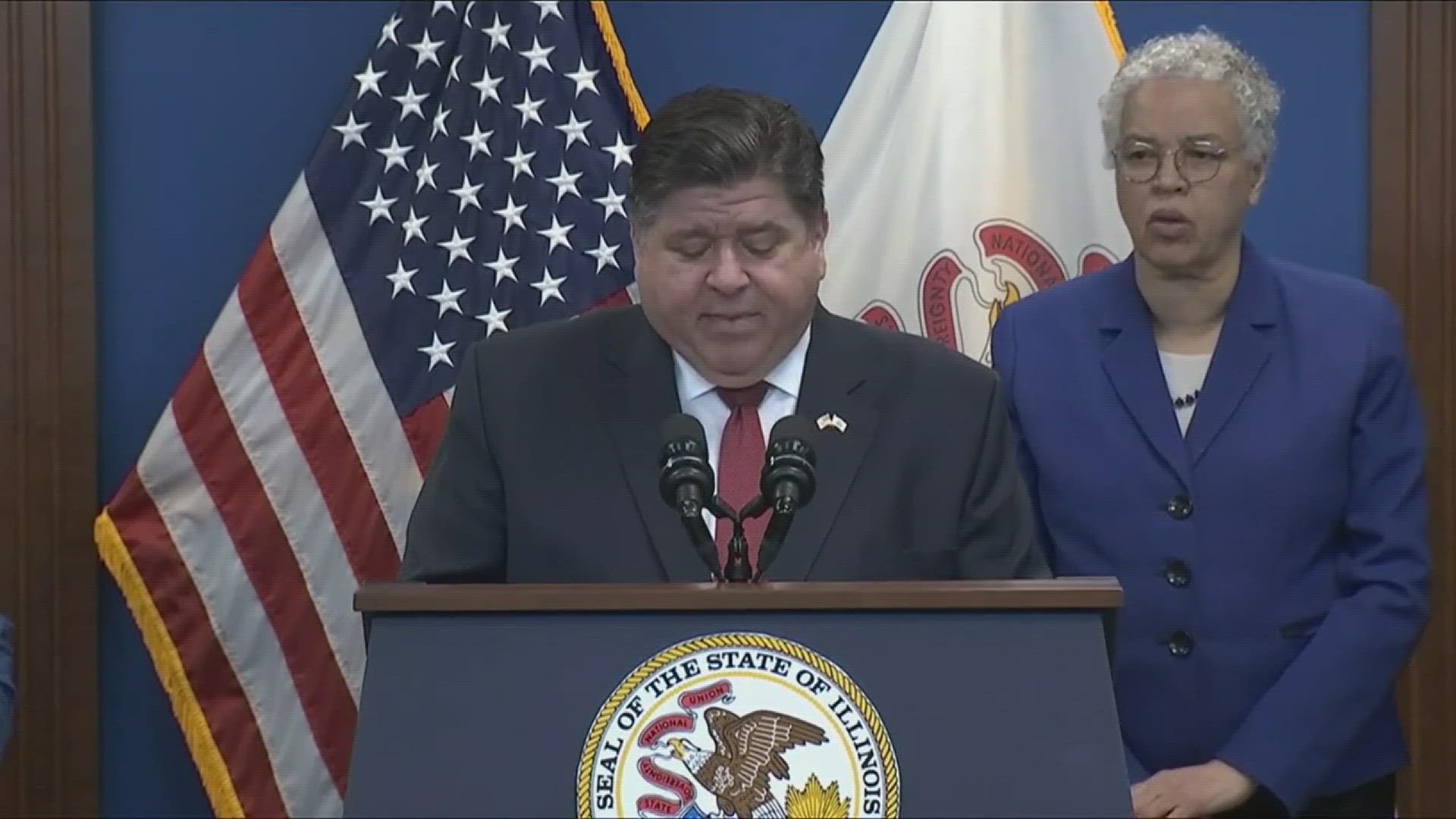(CNN) — In less than 24 hours, the nation will vote!
Or, more accurately: Four out of every 10 people eligible to vote will vote!
Which sounds less awesome. Because, um, it is less awesome. The whole idea of our beautiful experiment in democracy is that people — all, or at least most — participate in it. But a look back at the history of midterm elections makes one thing very clear: A majority of people who are eligible to vote don’t traditionally exercise that right.
In the last midterm election — 2014 — just over 36% of the voting eligible population actually voted. That’s the lowest percentage turnout in more than 70 years. In 36 states, turnout went down from where it was in 2010.
While 2014 was bad, it’s not as though 2010 was all that much better. Just over 40% of eligible voters actually cast ballots in that one. The story was the same in 2006 (40.4%) and 2002 (39.5%).
(Sidebar: Presidential year turnout is higher, but it’s still not even close to 100% of the voting eligible population. The highest voter turnout in the last four presidential elections was in 2008, when just over 58% of the voting eligible population turned out — choosing Barack Obama to beat John McCain. The highest presidential turnout since World War II was in 1960, when almost 63% of eligible voters turned out in the race between John F. Kennedy and Richard Nixon.)
Those lackluster voting numbers are in spite of the fact that 37 states now offer early voting, meaning you can cast a ballot days or sometimes even weeks before Election Day.
So, what gives? Why do more than 60% of the people who could vote in a midterm election choose not to? Here’s a few of the BIGGEST reasons:
1. Apathy
“These are the midterms,” Trump said in Missouri over the weekend. “Nobody thought of the midterms as being that big a deal for years. For years. Nobody thought of the midterms. You know, you hear midterms, it’s like let’s go to sleep, right?”
Sadly, yes. While the presidential race is the sort of big-ticket item filled with drama that Americans tend to be drawn to, the midterms are less, well, sexy. Sure, there’s the Texas race between Sen. Ted Cruz (R) and Rep. Beto O’Rourke (D). And the Florida and Georgia governors races. But for the most part these are races where very few people outside of a district or a state know who is even running.
While control of Congress matters — A LOT — the casual voter tends to feel a little “meh” about the idea of waiting in a line to vote for candidates that they may barely know.
2. Voting rules
The biggest impediment to voting is not registering to vote. Unlike some other countries around the world, the United States doesn’t automatically register people to vote when they turn 18 and are, therefore, eligible to vote.
Lots and lots of people who COULD vote don’t register to vote and so when Election Day comes they are left out of the process. There are 17 states — plus the District of Columbia — where you can register on the same day that you vote. But that means there are 33 states where same-day registration isn’t available — and each of those states have specific and unique rules when it comes to how to register.
What’s fascinating is that IF you can get someone registered to vote, there is a VERY good chance they will actually, you know, vote. Studies have shown that somewhere around 90% of people who are registered to vote actually DO vote.
There are also strictures some states put on voting — most notably voter ID. There are 34 states where voters have to show some sort of photo ID in order to vote. Many Democrats complain that such laws do nothing to secure elections, which is their stated purpose, and instead are efforts to depress turnout among non-white constituencies.
3. Busy, busy, busy
This is the lamest — and, unfortunately, most common — excuse people offer for not voting.
In 2012, 19% of registered voters who didn’t voted cited being busy as their reason. Interestingly, that number dropped to 14% in 2016. Guess what soared? People saying they didn’t like the candidates or the campaign issues. One in four non-voters said they just hated the two candidates in 2016.
The last presidential election aside, the “too busy” excuse though has almost always been right at the top of why non-voters are non-voters. And that has something to do with the fact that unlike countries who have fought for the right to vote in recent years, Americans tend to simply take it for granted.
Could 2018 break this low-turnout-midterm mold? If 2016 taught me anything, it’s to never say never. Early vote numbers have soared past 2014, with more than 20 million votes cast early.
Trump clearly believes something special is happening. Here’s what he said Sunday in Georgia: “There have never been crowds like this, just so you understand, in the history of politics. You’ve never had crowds like this for midterm elections. There’s never been crowds like this.”
Trump broke every rule in 2016. Could he do the same in 2018 in bringing droves of voters out to the polls? And, if he does, is that actually a good thing for his party?



